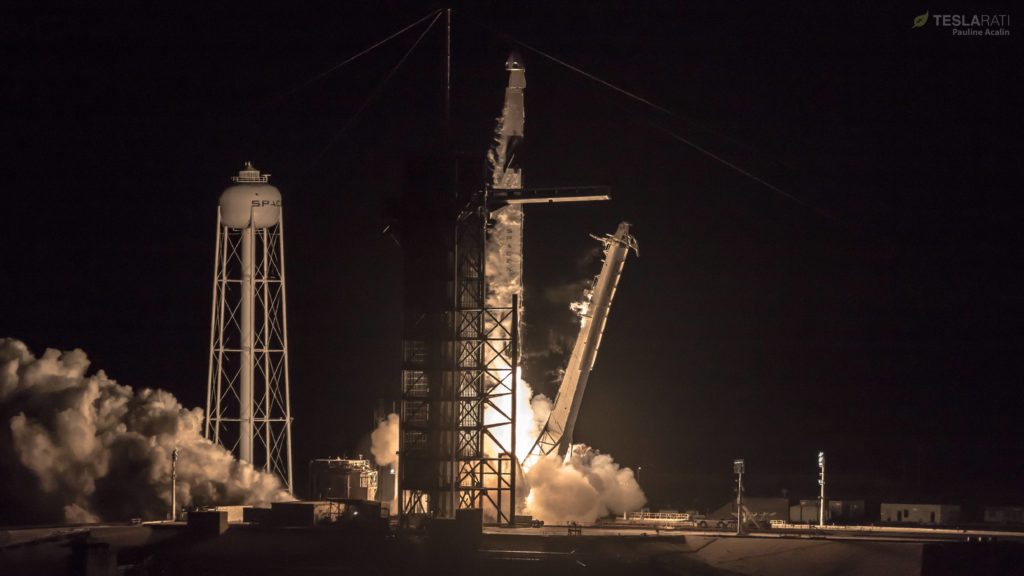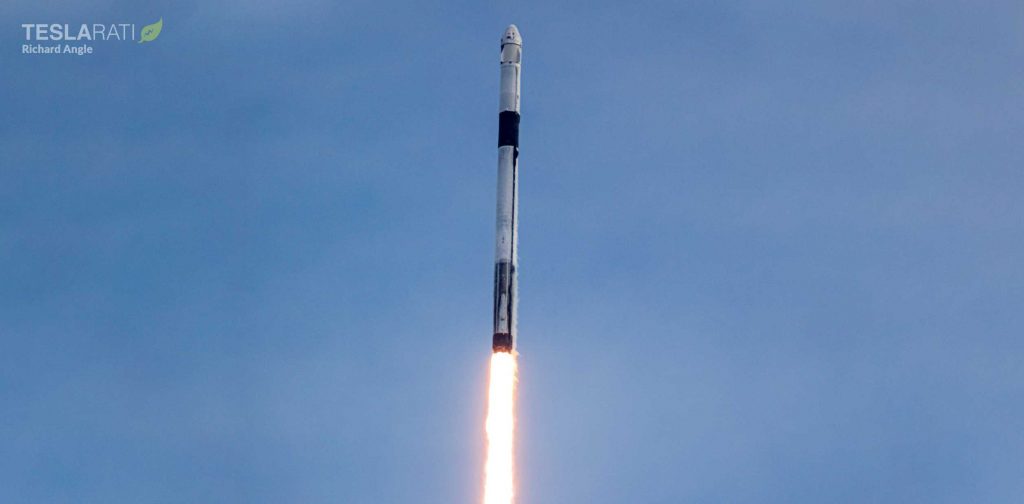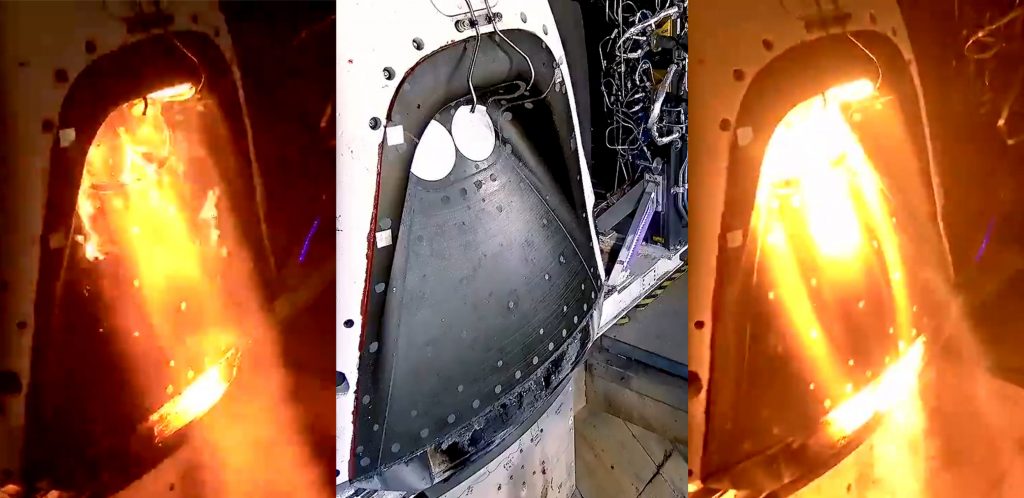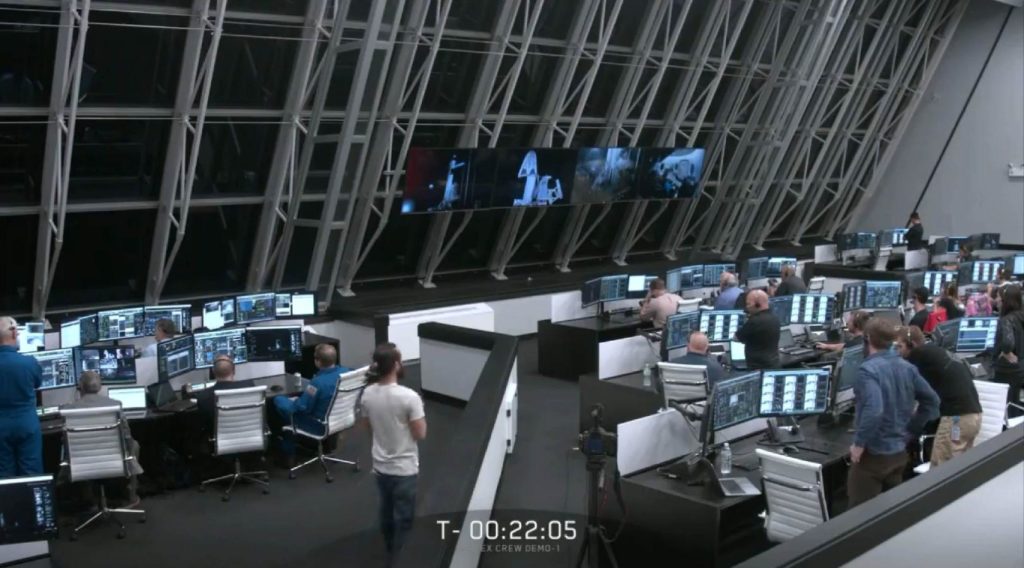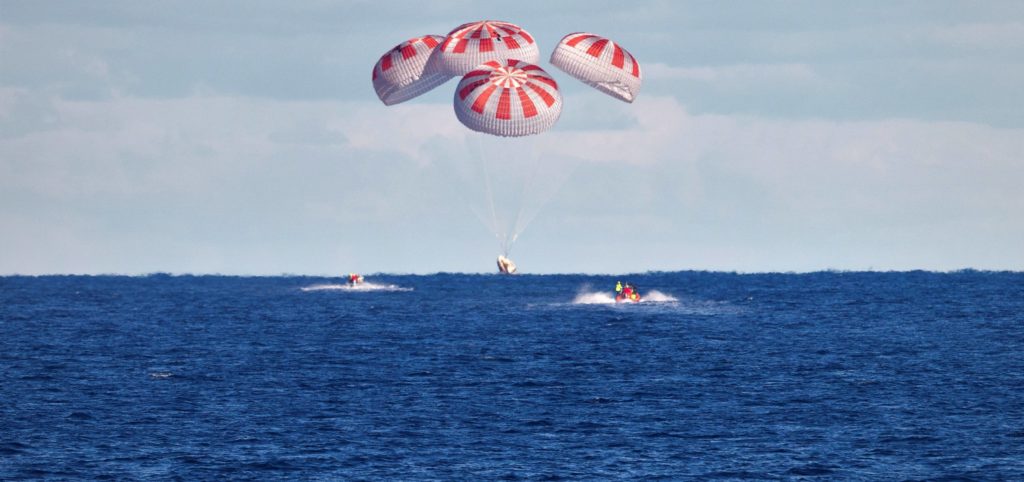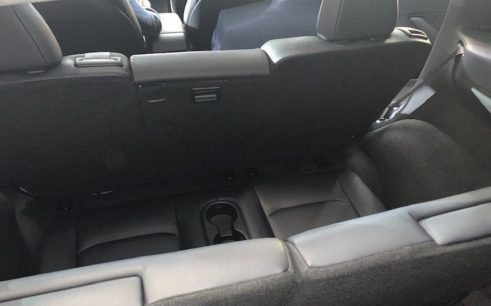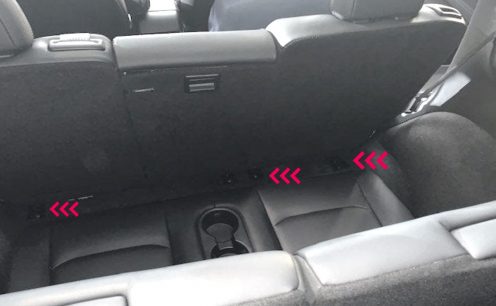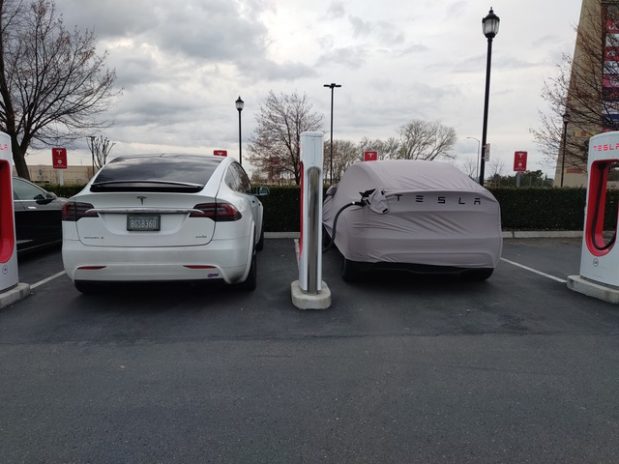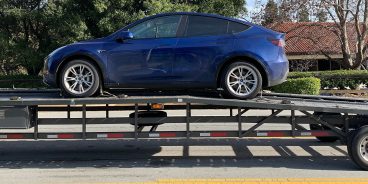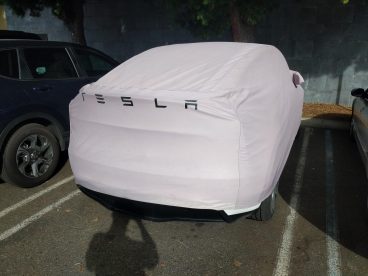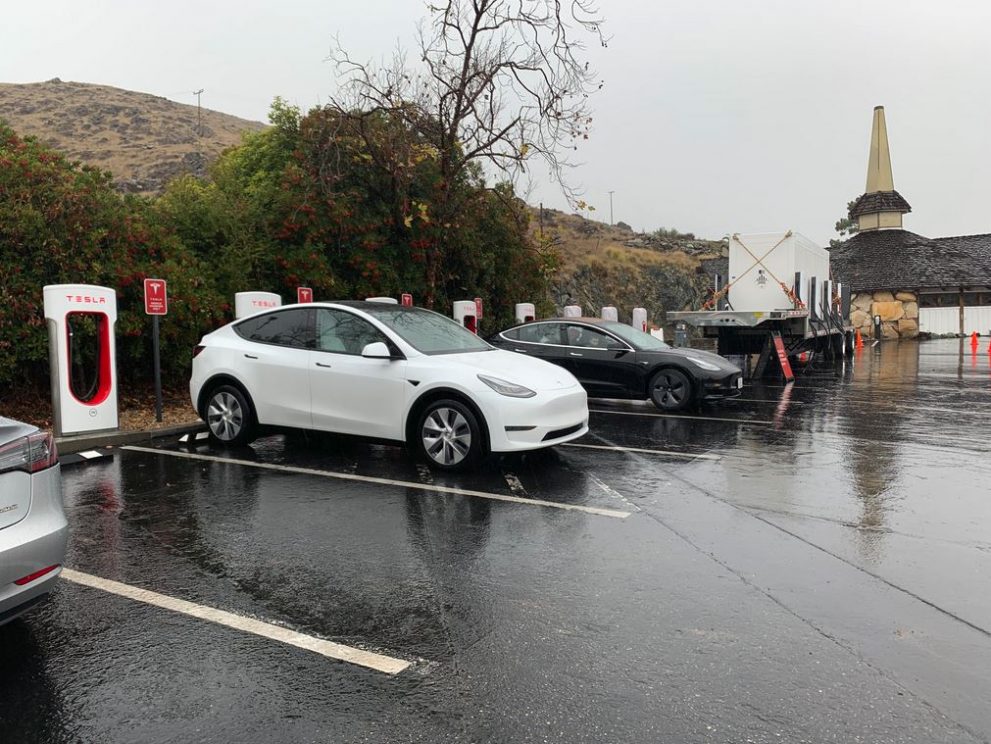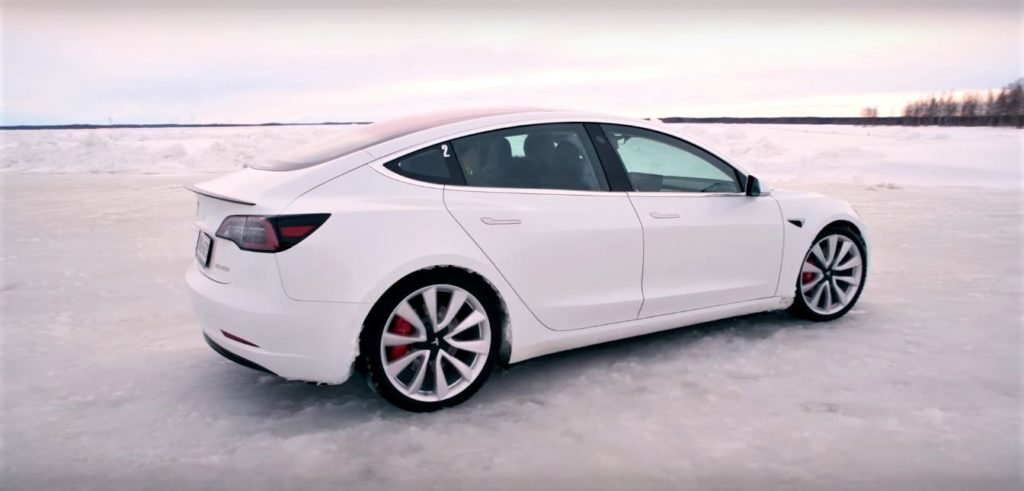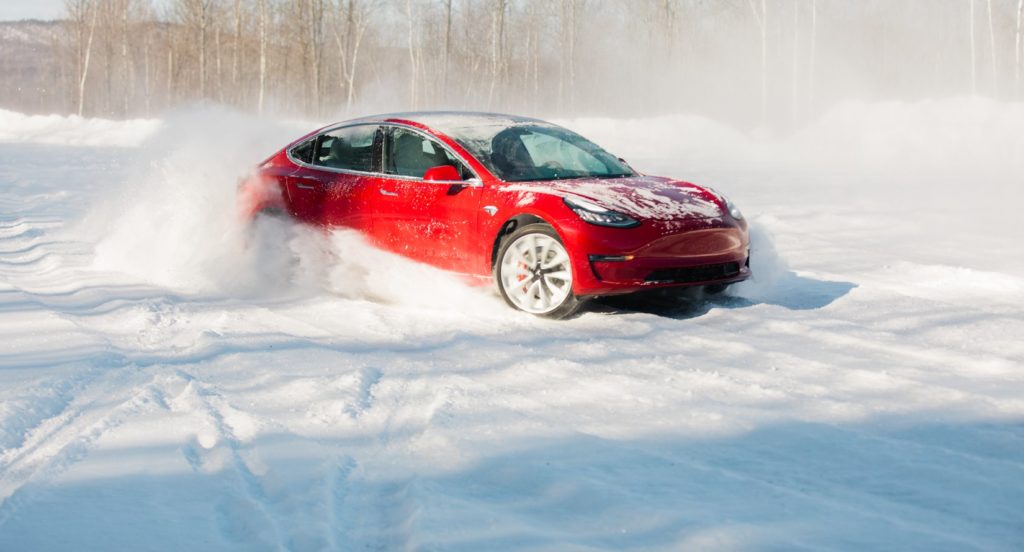Like several aspiring Tesla rivals before it, Byton aims to beat the Silicon Valley-based electric car maker at its own game. This means better tech, a lower price point, and a solid path to profitability without any of the growing pains that Tesla experienced over the years. Byton CEO Daniel Kirchert believes that his company has the goods to meet these goals, and perhaps even more.
In a recent interview, Kirchert noted that when preparing the M-Byte, Byton’s first vehicle, the CEO stated that the company focused so much on tech that it is poised to outdo Tesla in the segment. “We tried to jump at least one or two steps further,” he said, emphasizing that the company wanted to create a “smart device on wheels” with its first production vehicle.
Byton caught headlines when it unveiled its first concept vehicle’s interior, which was dominated by a massive display that stretched across the dashboard. The company has adopted this design on the M-Byte, which will likely be a competitor to the Tesla Model Y, Jaguar I-PACE, and the Ford Mustang Mach-E. Thus, the vehicle will have a 48-inch dashboard display, a touchpad on the steering wheel, and over-the-air updates.
For the Byton CEO, the M-Byte’s interior concept will be a “game-changer.” Far from being distracting, Kirchert stated that the 48-inch display would be the complete opposite of distracting. He noted that the massive screen would not obstruct the driver’s view while allowing drivers to quickly move their eyes from the road to the display and back. And since the display is 48 inches, it would be easier to read and comprehend the information on the screen.
But this is not all. The CEO also noted that it intends to avoid Tesla’s mistakes with the Model 3’s mass production, which was overly-automated at first. Thus, the company will follow tried and tested methods to build its cars. This, according to Kirchert, will allow Byton’s vehicles to have the same level of build quality with Germany’s best, such as Mercedes-Benz and BMW. In what appeared to be a slight stab at Tesla, the CEO also mentioned that the company would break even far quicker than the Elon Musk-led company.
“We were convinced right from the beginning that we won’t have 10 or 15 years to reach break-even,” he said. A company representative has further noted that Byton is aiming to reach the break-even point two to three years after it starts selling the M-Byte.
To make this possible, Kirchert noted that Byton would have to mass-produce the M-Byte in large numbers. This is the primary reason why the company is pricing the all-electric SUV at around $50,000, which is closer to the Model Y than other premium rivals like the Jaguar I-PACE.
It should be noted that while the Byton CEO’s statements are very optimistic, it is far more challenging to walk the walk than it is to talk the talk. Byton is not the only aspiring Tesla rival that has emerged. The line is long with companies such as Faraday Future and Lucid Motors. But despite the emergence of these companies, as well as the arrival of competing cars from established automakers such as the Audi e-tron, there are very few legitimate competitors to Tesla’s electric vehicles, even older ones like the Model S and Model X.
With this in mind, Byton may still need to learn a thing or two in practice before it can have a legitimate shot at beating Tesla at its own game. Still, the arrival of the M-Byte should be welcomed, as it is yet another electric vehicle that can help in getting petrol-powered SUVs off the road.

(adsbygoogle = window.adsbygoogle || []).push({});
<!–
–>
var disqus_shortname = «teslarati»;
var disqus_title = «Aspiring Tesla rival Byton claims better tech, break even goal in 2-3 years after first EV production»;
var disqus_url = «https://www.teslarati.com/tesla-rival-byton-claims-better-tech-break-even-in-2-3-years/»;
var disqus_identifier = «teslarati-127189»;

